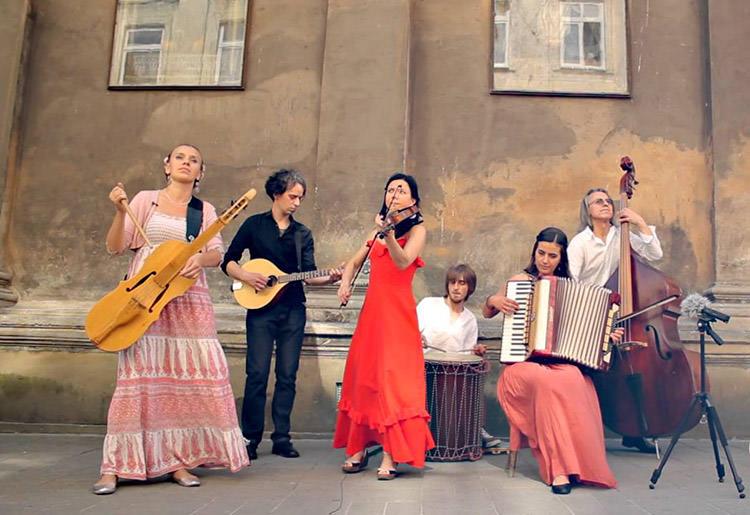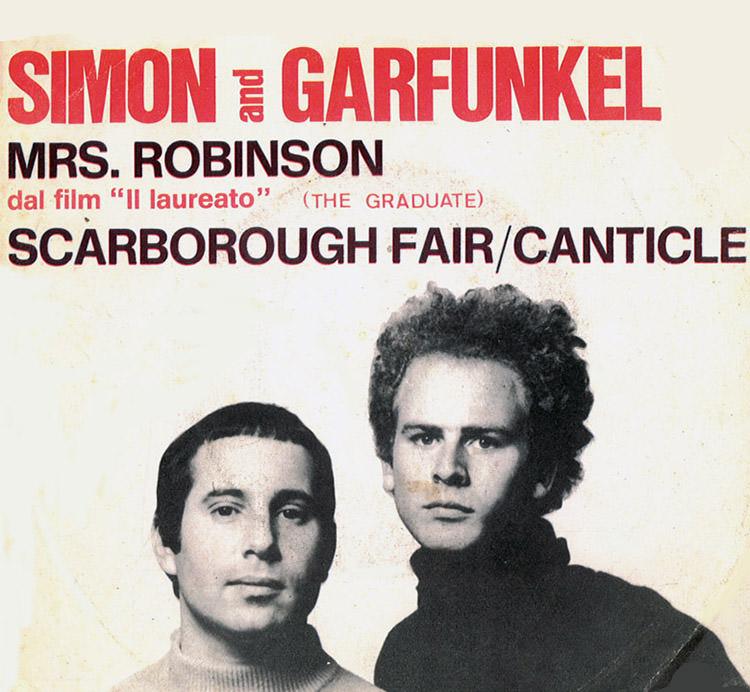What is folk music?
When people talk about folk music nowadays, they mostly think along the lines of Bob Dylan or Willie Nelson. But folk music actually goes far deeper than that. Aside from sacred compositions, secular folk music is one of the oldest genres in history.
In the lines below, we endeavor to take the reader back through time, to the origin and early days of folk music. We’ll look at how folk music evolved down the years, and what its impact on culture and other art forms has been.
So, what is folk music?
Also often referred to as traditional or popular music, folk is a surprisingly complex genre. While many of us associate folk with artists of the 20th century like the ones mentioned above, that was actually a revival of a much older tradition.
True folk music originated centuries before and was transmitted orally, rather than written down. In fact, many folk songs popularized by 20th-century artists are just their individual takes on older folk songs. Because folk music was transmitted orally, each tune suffered a lot of changes along the way, with additions and modifications by each new user.
With folk music, it was quite common for the original composer to remain unknown (largely since the tunes weren’t written down). This, in part, contributed to the communal nature of folk music. Since the song wasn’t attributed to any one composer, it belonged to the entire community.
Folk music was also a collective endeavor, unlike much of the music we enjoy now. It was played on traditional instruments, and rather than having a distinctive band and audience, it was customary for everyone to join in, either playing an instrument or singing along.
Finally, another defining aspect of most folk songs is that they usually featured specific themes. Folk songs were dotted with nationalist, patriotic symbolism, or otherwise touched on universal themes like love, and death. A lot of folk music was also centered around certain calendar events, like the beginning of winter, harvest time, etc.
Fun Fact: The word “folk” comes from the Old English word “folc”, which literally meant “the common people”.

How was folk music passed on? How did it evolve?
To understand the many changes that folk music went through, one primarily needs to look at their own geographical history. Much of the folk music of yore was tightly tied to historical events like wars, invasions, and of course, epidemics. That’s because folk music was more than a form of entertainment, it was also an oral, sung history of a people.
Unfortunately, we can only trace back the evolution of folk music to the 19th century, because that’s when these songs began being written down. As the academic world grew and expanded, scholars began to regard traditional folk songs as something of a ‘dying art’, hence the preservation efforts.
Folk music comes from several different peoples and now blends together into an international folk music archive. Much of the traditional folk songs that inspired later greats such as Woody Guthrie or Bob Dylan hailed from England and Scotland.
It is partly thanks to early collectors like Francis James Child or Cecil Sharp that we have the words to these songs nowadays.

Folk music and other genres
For many of us, folk music is a very distinct genre from, say, classical music. However, a lot of classical composers grew up with these varied folk music themes, and that, in turn, influenced their own work. Polish composer Frederic Chopin, for instance, is an early example of nationalist folk themes crossing over into classical composition.
Especially during the 19th and 20th centuries, as much of Europe struggled under foreign occupation, and countries fought for independence, such nationalist folk themes began to splay over into classical music.
One of the greatest Bohemian composers of all time, Antonin Dvorak, displayed this powerful folk-themed nationalism in his compositions. The trick was, he did it so skillfully that for the casual listener, the folk influences can be difficult to even detect.
Folk music also played an important role in the development of rock’n’roll. If you listen closely to the music of great artists like Elvis Presley, Buddy Holly, and the Beatles, you can clearly pick out the folk themes, and arrangements.
20th-century musicians like Woody Guthrie drew heavily on nationalist and fighting folk tunes to power their own protest songs, like “We Shall Overcome”.
This resurge of interest in traditional folk songs is known as the 20th-century folk revival. It, of course, inspired the folk-rock movement, to which artists like Bob Dylan or The Byrds belonged. As the 20th century wore on, subgenres of rock music emerged, like punk, and garage rock, and for all their differences, they all retained those folk roots.
Most popular folk songs
It’s fascinating to look back on the complex history of some of our favorite tunes. Many modern-day artists have taken from the folk music archives of our past and recorded their own version of a much older, popular song. Because of that, we often think of certain songs as belonging to artists like Bob Dylan, when in fact, their roots go way back, possibly as far as the Middle Ages.
A popular folk song is also one that’s seen tremendous changes along the way, with each new artist who covered it. While some of these go way back, the versions we’re familiar with are vastly different from the original composition. Please have a look below in three of the most well known folk songs.
The Raggle-Taggle Gypsy

A Scottish ballad of great depth, “The Raggle-Taggle Gypsy” tells the story of a young married woman who runs away with a band of gypsies, having fallen in love with one. Her husband, a respectable landowner, comes home to discover her disappearance, then sets off in pursuit, only to find his new wife prefers sleeping ‘on the riverbank’ rather than in his imposing home.
“The Raggle-Taggle Gypsy” is also known as “Black Jack Davey”, as it was recorded by Bob Dylan, and later by garage rock duo The White Stripes.
What Shall We Do With the Drunken Sailor?

A huge part of the folk arsenal lies in traditional sea shanties, such as this one. Pretty much everyone has, at some point, heard a version of this song, which basically proposes all sorts of hilarious (or sometimes crude) punishments for a drunken mariner.
Depending on the artist, or the part of the world where you’re singing it, the proposed punishments may change.
Scarborough Fair

Another traditional folk song popularized by Bob Dylan, as well as Simon & Garfunkel, “Scarborough Fair” is a classic lost love tune. The song tells of the various challenges and impossible tasks set to a potential suitor. While the lyrics often change, the refrain of “Parsley, sage, rosemary, and thyme / Then she'll be a true love of mine” usually stays the same.
While “Scarborough Fair” is typically attributed to North England miner Mark Anderson (collected in mid 20th century), the tune bears remarkable similarities to the much older “Child Ballad #2”, recorded by Francis James Child in his collection.
Whether recorded and re-popularized by modern-day artists or heard in popular, community settings, traditional folk songs continue to inspire and influence much of our art today. If we listen to popular folk songs from five hundred years ago, we see that while so much has changed, the themes that define us, such as love, honor, and the desire to belong, have remained the same.
If you’re curious to learn more about folk music and discover some of the oldest folk tracks known to man, head on over to Radio Art’s Folk and Soft Rock channel, in the World category. There, you can hear some of the best folk-rock icons and some newer folk artists.
Our website respects the intellectual property rights of creators, as well as the music rights of authors and composers.
The musical works are provided solely for the private use of each visitor/user
and any further exploitation of them in any way is prohibited without prior permission from AUTODIA and EDEM Rights.
Radio Art is fully approved by the Greek Collective Rights Organizations | AUTODIA | EDEM Rights
Copyright © RABS - Radio Art Broadcasting services Ltd. All rights reserved.
The Art of Relaxing & Meditation Music
Privacy Policy & TOS








